Values this year have risen by 2-3 percentage points, despite no let up in new car oversupply and falling prices. EurotaxGlass’s also notes that month-on-month bounce-back is higher this year than 2005, while the declines are smaller. For instance, September is up by 2.7% on August, compared to a 2.2% increase in the corresponding months last year.
However, Adrian Rushmore, managing editor at EurotaxGlass’s, points to a worrying trend of nearly new cars taking a greater share of the used cars on sale.
Cars registered this year account for 16% of the used cars available in the market, against 22% for 2005-plate cars, 14% for 2004 and 20% for 2003.
“This is a serious imbalance due to the increase in dealer demonstrators, ex-bodyshop cars and pre-registered cars piling into the market,” says Rushmore.
“But consumer demand is lower, at around 7% of the market for 2006 cars and 12% for 2005. 2004 and 2003 are more closely matched.”
Simple economics of supply and demand means this imbalance will put pressure on prices – there are too many cars chasing too few buyers.
Volume carmakers are most affected; premium carmakers such as BMW, Audi, Mercedes-Benz, Honda and VW still have greater demand than supply.
Retailers are also facing increasing complexity when setting used car prices due to the rise in new car models and derivatives. Customers now have a choice of 5,500 models, compared to 2,000 models in 2000.
The bulk of demand, however, is for cars priced £4,995-£6,995. This segment accounts for around 25% of sales, and here price is the most important factor when choosing the car.
“For more expensive cars, typically above £10,000, other factors like peace of mind, specification and colour are important considerations,” adds Rushmore.


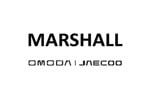

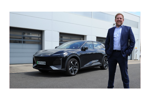
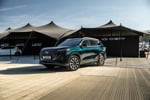


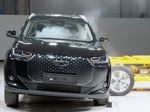
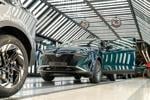


Login to comment
Comments
No comments have been made yet.